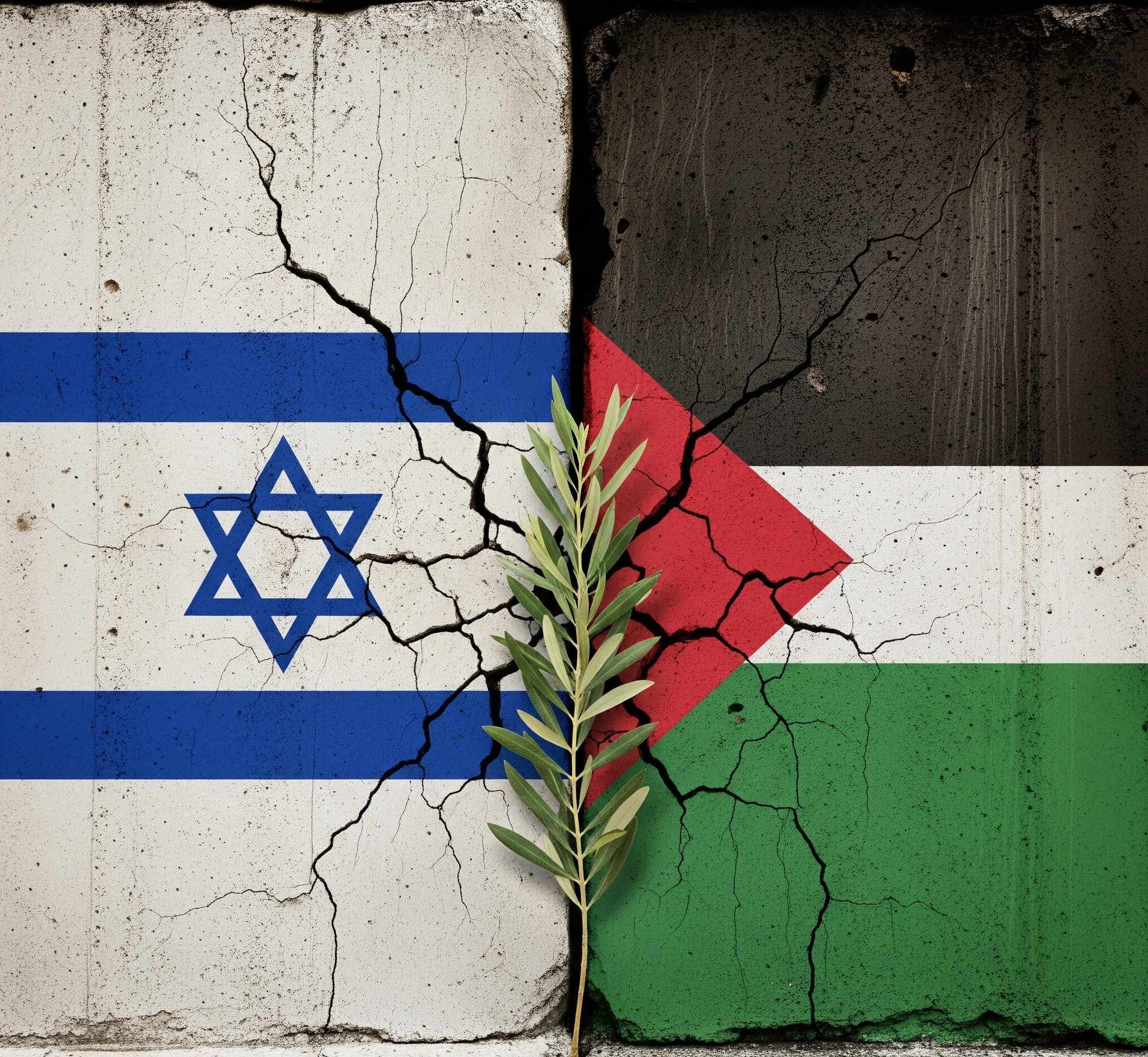Perspectives
Research , insights & commentrary on the
latest trends & issues.
Research , insights & commentrary on the
latest trends & issues.
Amidst an entanglement of diplomatic mediation and battlefield fire, the future of a resolution to the Israeli-Palestinian issue stands at an exceptionally fragile crossroads.

Amidst an entanglement of diplomatic mediation and battlefield fire, the future of a resolution to the Israeli-Palestinian issue stands at an exceptionally fragile crossroads. While ceasefire negotiations, led by the United States and other parties, have brought a glimmer of hope, the shadow beneath this light of hope—the deep-rooted political stalemate between the two sides—grows ever darker and more insurmountable.
The recent proposal for a 60-day ceasefire seemingly offers a moment of respite for the suffering population of Gaza and opens a window of opportunity for the release of hostages. However, whether this window can truly open depends on finding an intersection between two almost completely opposing political objectives. Hamas has tied its survival to a complete Israeli withdrawal and an end to the war—a bottom line essential for its existence. For the Netanyahu government, however, the core objective is to completely eradicate Hamas's military and political capabilities, ensuring it can play no role in a post-war Gaza.
These two "endgame" scenarios are diametrically opposed, making any ceasefire agreement incredibly difficult to achieve. The current negotiations resemble a strategic game over a "pause" rather than a "termination" of the conflict. For Israel, a ceasefire could be a tactical pause to regroup and plan the next phase of military operations. For Hamas, it is both an opportunity to replenish its strength and a final window to leverage hostages for maximum political gain. This lack of room for compromise on core demands is the fundamental reason why diplomatic efforts have been repeatedly frustrated.
Meanwhile, the price of this political stalemate is being paid by the civilians of Gaza in the most tragic way. The continuously worsening humanitarian crisis is no longer a matter of abstract statistics, but the specter of famine, a collapsed health system, and the desperate daily reality for millions of displaced people. The issuance of arrest warrants by the International Criminal Court (ICC) for leaders on both sides is a historic moment. This not only signifies the international community's determination to pursue accountability for war crimes but also profoundly alters the nature of the conflict. It places political and military leaders directly under the scrutiny of international law, directly tying their personal futures to their conduct in the war, which undoubtedly adds more complex variables to future peace negotiations.
Looking ahead, the question of governance in "post-war Gaza" is a Sword of Damocles hanging over all parties. Even if Hamas is defeated militarily, who will fill the power vacuum in Gaza? A governance plan that lacks broad acceptance among Palestinians will likely sow the seeds for the next round of violence and extremism.
In summary, the current Israeli-Palestinian situation is trapped in a vicious cycle: the inability to reach a political consensus leads to continued military action, which in turn deepens the hatred and mistrust on both sides, exacerbates the humanitarian disaster, and thus makes a political solution even more distant.
A ceasefire agreement might temporarily stop the bleeding, but it cannot heal the fundamental wounds. The true advent of peace requires not only sustained mediation by external powers but also extraordinary courage and foresight from the leaders of both sides—courage to transcend short-term political interests, genuinely address the core concerns of the other side, and reinject political momentum into the "two-state solution," the long-shelved cornerstone of peace. Otherwise, any ceasefire may only be a brief interlude before the next conflict arrives.